#this is... long.
Explore tagged Tumblr posts
Text
a softly made pact - a Sumeru meta post
ao3 version here
I promised way back that I’d do an entire breakdown on my thoughts and research notes on my Sethos fic, come disrupt this silence, which was an exploration of Sethos’ characterization, motivations, and deep insecurities. I then ended up having to do some college stuff. But, college isn’t starting for at least 3 more weeks so here’s me getting into the grove of things.
This ended up being an analysis of Sumeru’s Archon quest and the nation’s ideals as a whole (desert and forest), but it still ties in to my thoughts on my fic and Sethos characterization so if you wanna read it, feel free.
I have several key points to discuss in this breakdown namely the concept of the Rtawahist darshan’s Illuminationism, the worship of truth in Sumeru, and the faith of the Temple of Silence. I suppose the easy way would be to break it down in chunks of how I started each of my chapters for the Sethos fic. But I’ll shuffle them around for overall cohesion.
Again, like my breakdown on my notes on hope or nostalgia, hover over or click underlined or hyperlinked text for further information or my sources. I’ll likely be linking to my references directly through those tooltips.
Also, spoiler warnings for my Sethos fic. If you wanna read it beforehand, go ahead. And general spoiler warnings for Sumeru’s Archon quest, character story quests, A Parade of Providence, etc.
destination
Sumeru’s culture
As is apparent for any discerning players, Sumeru is steeped in influences from the Islamic Golden Age and philosophies from Western Asia.
The Akademiya as an institution is inspired by the scholars of old, all of whom had constructed colleges and spaces for all walks of life to share their observations and synthesize their learnings into writing.
Sumeru’s culture is centered on the the pursuit and refinement of knowledge. Learning and wanting to learn is such a big part of the culture that the first friends we meet in Sumeru are those who are eager to learn— Collei who wants to be a capable forest ranger, Haypasia who wants to connect with Irminsul.
Humans in Teyvat (and in real life) understand, by order of pedagogy, that knowledge must be unsullied by the voices and opinions of others— critical and unbiased, that the truth must be universal and all-encompassing— universizability is a concept deeply ingrained in philosophy.
But these ideas, as they are human ideas, are supposed to be complex, flawed, and nuanced. Knowledge that is biased is still true, as are truths that are complicated and tangential. This is what Nahida meant when she said that Kaveh’s understanding of truth and wisdom is almost perfect because he believes that the truth isn’t meant to be pigeonholed into digestible concepts. From Kaveh’s story (Old Sketchbook (unlocked at Friendship Lv. 4)):
Know that truth has never existed for the sake of individuals. The logic of the world coexists with nature, and this will not easily change whether it is interpreted as such or not.
In essence: the world does not exist for humanity and deluding ourselves into thinking otherwise is folly.
Sumeru’s faith
At the metaphorical level, Sumeru’s god and Archon is truth, the amalgamation of knowledge in Teyvat, personified. Nahida, Rukkhadevata, and all incarnations before them are beings of old dating back millennia that are susceptible to the whims of erosion and external tampering. Yes, the truth has been tampered with but it is true nonetheless and to deny it is foolish.
It’s what you do with the truth, what your values and prior experiences tell you, is what really matters. That’s wisdom.
There’s a reason why the constructed god made to replace Nahida, the God to be Saved (「正機之神」, in EN they localized this into “Shouki no Kami, the Prodigal,” but philosophically speaking, this removes it of its context), is one with the title “the Everlasting, Omniscient, Lord of Wisdom and Mercy.” This is what the Sumerans see as sacred— a god that knows all in its wisdom. But this is misguided. What this is is a separation of the text from its context, a wisdom that must be rational, critical, clinical and unfeeling.
But because it is artificial, human-made, it can never be perfect. The god itself views itself as fallen and broken and one that is the perfect object of salvation, yet hasn’t been and stays within that broken state unwilling to make moves of its own towards salvation.
Nahida and her predecessors, as the chosen Archon of Sumeru, signify not just the amalgamation of knowledge, but also the willingness to accept loss, change, to learn from others of their volition. This is why the Archon has to grow, learning and wanting to learn is part of the wisdom.
This is also reflected in Nahida’s overarching story in the Archon quests, fearing that she’s not good enough as Archon because she lacks the knowledge of what all the other Archons have done up to that point. She can’t access Irminsul from her cage, so she continues to let herself be caged, afraid that her actions thus far are not Archon-like. She doesn’t know any better so she doesn’t do anything about it.
deflection
The Rtawahist darshan
Nahida’s caged existence and playing at godhood for the past 500 years can be easily compared to Plato’s Forms, his shadows in the cave. She rescued countless through miracles, convened with them in their dreams, spoke in riddles and metaphors. But never once has she manifested physically or visually to these children. No one knew what Lesser Lord Kusanali looked like beyond the sages. These miracles and dreams are what she thinks is godhood because these ideas are what godhood is in stories and scriptures told to children in Sumeru.
This concept is the root of Rtawahist’s teachings— there is a reason why Haypasia, Setaria, and Azar are important NPCs in the Archon quest, all part of the Rtawahist darshan.
The Rtawahist darshan, according to the Parade of Providence (Act I - Comings and Goings, Opening Festivities) quest, centers itself on Illuminationism, astrology, astronomy, etc.
From the Western standpoint, it’s hard not to be a little confused by Rtawahist’s teachings because the other darshan are rather straightforward— Spantamad is about geology and the elements, Amurta is about biology and ecology, Vahumana is about history, archeology, and etiology, etc.
So, what the hell does fortune-telling and getting high for a couple days have to do with astronomy? Well, you gotta remember that this is a fantasy setting and that the sky is fake.
Spantamad, Vahumana, and Rtawahist all have the most in-game conceptual overlap. As mentioned by Layla in the Parade of Providence (Act II - Beginnings and Endings, Competition on the Sands):
Do you ever get the feeling that the Ley Lines have a regular flow, similar to the way that celestial bodies follow fixed orbits? If we were looking down from on high, I wonder whether we'd find that the Ley Lines are just the reflections of the stars upon the earth? Not all astrological phenomena can be directly observed. Some are deductions based on other details that we know. It's the same situation with the Ley Lines. The parts of them that are hidden underground can be identified via elemental energy, sound, and other phenomena.
Rtawahist, then, is focused on the flow of fate and how to interpret it. This is why Mona Megistus’ Steambird columns are such a big hit (Layla Voice-Overs, About Mona) in the darshan, why fortune-telling is common, and why its scholars train via Satyavada Life to try and connect to Irminsul. The truth is the flow of events past, present, and future— in the lay of the land, the politics of man, and the stars that tell us everything.
Illuminationism
Illuminationism, you see, is an Iranian metaphysical philosophy that takes great inspiration from Plato’s Forms, Aristotelian teachings, and period-appropriate Islamic mysticism. Persian Philosopher Shihāb ad-Dīn Yahya ibn Habash Suhrawardī, often just called by Sohrevardi (though that’s really just where he’s from. In this, I’ll be calling him Shihab al-Din) was the one who penned and expanded on the idea in his less than forty years on Earth.
The philosophy itself, though I am perhaps butchering it in an attempt to narrow this down, is centered on the idea that an individual’s essence, their light, is a reflection and refraction of a one true light and essence (God). The light every being has can be refracted and reflected onto others, and it trickles down on and on. Our lights affect each other, but all our lights come from the same source.
The one true light, in Shihab al-Din’s philosophy is essence incarnate, the truth, God. And the rest of us, though we cannot create light, can most certainly emit an essence that is similar or close to God, just in our own forms or versions. Thus, in reviewing, you can hypothetically trace back to the truth of all things if you follow the trail (given that you don’t get lost in doing so. See: Azar).
Which isn’t necessarily the point. This is why one of the Akademiya’s six sins (originating from the Temple of Silence (Temple of Silence Member, Djer)) is investigating the origin of words.
The point of Illuminationism, in real life and in-game, is to understand the trajectory of light, seeing it from all angles to understand what it’s saying, where it came from, and where it’s headed. As I’d explained in my Sethos fic, studying the stars and connecting to Irminsul isn’t about controlling your fate or bemoaning it, it’s about how you see your fate going forward and how you react to it, having the knowledge and the wisdom to use that information.
direction
Now, I’ve discussed the Akademiya extensively throughout this breakdown and haven’t once touched upon the desert.
Amun, dead as he is, is long-forgotten for two specific reasons.
First: forbidden knowledge.
After learning about what happens moving forward from Nabu Malikata (thus causing her death (Weapon Ascension Material, Oasis Garden’s Truth), the pain of her loss and the futility of his dreams (Staff of the Scarlet Sands) led him to trying to attain forbidden knowledge in order to fulfill them.
It’s unclear whether this knowledge is abyssal, from beyond Teyvat, or erased Irminsul knowledge, but the memory and glory of Amun and his rule was erased en masse when Rukkhadevata erased the forbidden knowledge of it to save the his people from its effects.
Second: the Temple of Silence.
Say what you want about plot contrivance, but the fact that the desert mercenary groups like Ayn al-Ahmar and, well, most of the modern-day desert dwellers, were ignorant of the cause of Amun’s death and the Dendro Archon’s involvement with it is also due in large part because of the Temple of Silence.
Kasala’s final act, as Amun’s priest, was to plead to his people, Amun’s followers, to respect the Dendro Archon, to live in harmony with the forest dwellers and to cease the in-fighting. This plea was buried under the sands for centuries. But the Temple knew about these events, and even had records about Apep (Temple of Silence Member, Asenath).
Now, it’s unclear whether Kasala was part of the Temple of Silence (he has the Tighnarian headdress), but I operate under the idea that he wasn’t, and thus his philosophies and motivations differ greatly from Hermanubis’ which was largely upheld by the Tighnarians that followed him (because he was allegedly a Tighnarian himself) into the Temple of Silence.
All that to say, Hermanubis’ philosophy on the truth is that some of it must be kept tightly under wraps to maintain order and prosperity.
This is why the Towers of Betrayal remain “Towers of Betrayal” even though they were once infused with Rukkhadevata’s power and, once activated, can create small oases to battle against the Withering. No desert dweller knows about these, not even Temple members (Temple of Silence Member, Djer). Desert dwellers refuse to tamper with them. The temple doesn’t even try. These tombs, temples, plinths, and towers aren’t reactivated until the Traveler comes along, and the histories behind them remain undiscovered to most of Sumeru.
Studying these towers would lead to questions, “Why build them?” “What was it that King Deshret found?” “What caused the Withering?” Discovering the answers would lead to the spread of forbidden knowledge again.
Sethos and come disrupt this silence
As the actual leader of the Temple of Silence, Sethos is stuck between the importance of tradition and the need for progress.
Bamoun’s deal with Cyrus had proven to be a setback for the Temple, as (for reasons unknown) Hermanubis’ severed fragments led to the deterioration of the Temple itself. But that’s mostly an allegation. The real setback was the previous leaders’ choice to isolate themselves, the Temple pulling away from the Akademiya and the forest, and the desert.
The desert dwellers, after this period of isolation started, rapidly grew ignorant of their histories and learnings, knowledge and wisdom only passed down through traditions from a leftover faith of a mad god. Since no one but scholars were doing tomb spelunking, none of the desert dwellers were to interpret the structures and murals about their own history for themselves (Golden Slumber, An Introduction to Indoor Archaeology).
This is not to say that the Akademiya was not at fault for what became of Aaru Village— they certainly have their fair share of in-game ethnocentrist propaganda— but like Nahida, the desert dwellers weren’t willing to dig and delve deeper of their own volition, eventually stagnating after centuries of believing and operating under the Akademiya’s lies.
Sethos’ introduction to the canon should, hypothetically, usher in a new era for the desert’s narrative.
He’s aware of what the Temple needs and has a finger on the pulse of the Akademiya’s culture and customs. Yet, he is a young man with the burden of leadership at a young age, one starved for interaction after spending most of his life (Sethos Voice-Overs, More About Sethos: V) in isolation at the Temple. Add in the recent loss of his grandfather, his innocence, and his remaining nostalgia for the authority of tradition over progress, and you have a character who has the potential to overturn the lived experience of all desert dwellers ready to go off at any moment.
A majority of his character stories are centered on hearing other people’s stories, only sharing things about himself only to insert a bit of doubt into his storytelling. He loves looking at the stars and seeing reality reflecting itself over and over upon humans’ fates. As in his Vision story:
Along the way, Sethos spotted two more beasts — one large, one small — lying dead at the bottom of a cliff. Looking at them from a distance, Bamoun remarked, "Most likely a parent and a child. The larger one was probably chasing the smaller one, trying to drag it back, before it too lost its footing and they were blown down together." "They were with that pack of beasts just now... But weren't there quite a few smaller ones? This large one died trying to save just a single one, and now the other small ones will be left unprotected. The losses far outweigh the gains... It shouldn't have taken the risk," said one of the other members, shaking their head. Trying to rescue your children first from quicksand, then a storm... It sounded like an almost impossible task. Sethos had noticed, though, that Bamoun had been staring at that spot the whole time, as if it had reminded him of something. But in the end he said nothing more. Having survived the disaster, the group slowly departed, with Sethos bringing up the rear. Before leaving, Sethos glanced back down at the scene below to regard the unsuccessful beast one last time.
Nothing is said in this Vision story that means anything in particular to Sethos in that moment, but you can see the mysticism in Sethos’ perspective, of seeing meaning in moments and actions that aren’t his but could reflect upon his own life. Of Bamoun looking at a dead pair of Sumpterbeasts with no particular expression, pondering those left behind, and Sethos making the connection to Bamoun’s inevitable death and departure and how that would affect him and the Temple.
No one is saved in this sacrifice. This is just avoiding one death to walk into another. Sethos receives his Vision quickly after this interaction and you, the reader, are supposed to infer what this means for Sethos’ character that he found this remarkable when receiving a Vision.
As I was writing my Sethos fic, I was mostly critiquing this lack of exploration into his character in fan works and canon. His introduction in Cyno’s second story quest and his unique perspective injects a much needed nuance into all that was left after the end of the Archon quests. The mysticism on top of the empirical is important, the symbolism that he and Cyno embody, the priests of Sumeru’s desert and forest.
Because Nahida’s liberation doesn’t mean desert dwellers’ lives have become easier.
Azar, the corrupt sages, and the Farrokhazadan were overthrown and put into community service; Ayn al-Ahmar is in charge of guarding Setaria for the revitalization projects for the desert; and, the desert dwellers are now in charge of their own futures moving forward.
But.
Dori Sangemah Bay still owns most of Aaru Village’s lands, a disruption so massive the people of Aaru Village can’t even build a public library. (Kaveh Hangout Event, The Price of a Wish)
There’s still the undeniable fact that it’s very very hard to get resources (and people!) past the Wall of Samiel, an idea they introduced in Dehya’s trailer before the end of Act V but never brought up again.
The ethnocentrism in Akademiya texts and scholars is still narratively uncontested.
These ideas are not changed just by freeing Nahida and letting her be Archon, but it’s a step in the right direction that Hoyoverse has yet to write a narrative for even with Sethos’ introduction.
So I ended up picking up the slack with my fic.
Take it or leave it.
conclusion
This was a huge breakdown of a lot of my thoughts on Sumeru’s ethnonationalist politics, the Sumeru Archon quests, Sethos, and Sumeru’s cultures.
Hopefully I wasn’t too overindulgent in writing these that I ended up glossing over some things. I’m pretty sure I’ve written down most of my thoughts as eloquently as I could but it’s also 3AM and English isn’t really my first language so. Grain– no, chunk of salt.
Comments are appreciated! Tell me what you thought and if you have thoughts of your own.
#had to open chrome to grab links to specific passages#but here she is#the sethos meta turned sumeru meta#sethos genshin impact#sethos#sumeru#sumeru characters#meta analysis#genshin meta#this is... long.
15 notes
·
View notes
Text

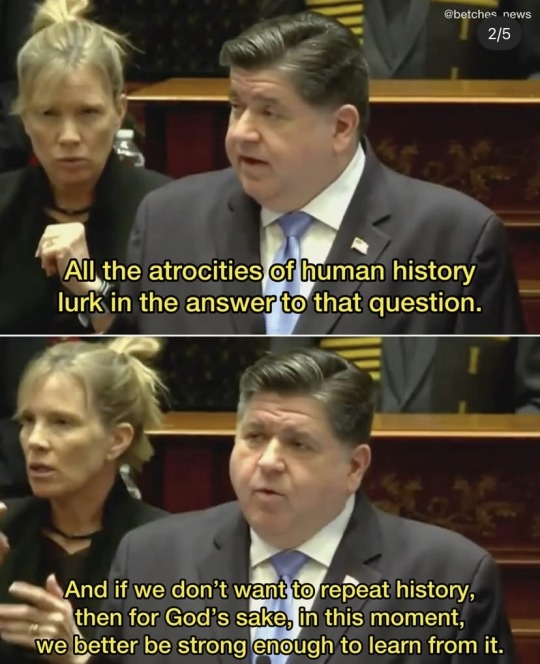
There are people – some in my own Party – who think that if you just give Donald Trump everything he wants, he’ll make an exception and spare you some of the harm. I’ll ignore the moral abdication of that position for just a second to say — almost none of those people have the experience with this President that I do. I once swallowed my pride to offer him what he values most — public praise on the Sunday news shows — in return for ventilators and N95 masks during the worst of the pandemic. We made a deal. And it turns out his promises were as broken as the BIPAP machines he sent us instead of ventilators. Going along to get along does not work – just ask the Trump-fearing red state Governors who are dealing with the same cuts that we are. I won’t be fooled twice.
I’ve been reflecting, these past four weeks, on two important parts of my life: my work helping to build the Illinois Holocaust Museum and the two times I’ve had the privilege of reciting the oath of office for Illinois Governor.
As some of you know, Skokie, Illinois once had one of the largest populations of Holocaust survivors anywhere in the world. In 1978, Nazis decided they wanted to march there.
The leaders of that march knew that the images of Swastika clad young men goose stepping down a peaceful suburban street would terrorize the local Jewish population – so many of whom had never recovered from their time in German concentration camps.
The prospect of that march sparked a legal fight that went all the way to the Supreme Court. It was a Jewish lawyer from the ACLU who argued the case for the Nazis – contending that even the most hateful of speech was protected under the first amendment.
As an American and a Jew, I find it difficult to resolve my feelings around that Supreme Court case – but I am grateful that the prospect of Nazis marching in their streets spurred the survivors and other Skokie residents to act. They joined together to form the Holocaust Memorial Foundation and built the first Illinois Holocaust Museum in a storefront in 1981 – a small but important forerunner to the one I helped build thirty years later.
I do not invoke the specter of Nazis lightly. But I know the history intimately — and have spent more time than probably anyone in this room with people who survived the Holocaust. Here��s what I’ve learned – the root that tears apart your house’s foundation begins as a seed – a seed of distrust and hate and blame.
The seed that grew into a dictatorship in Europe a lifetime ago didn’t arrive overnight. It started with everyday Germans mad about inflation and looking for someone to blame.
I’m watching with a foreboding dread what is happening in our country right now. A president who watches a plane go down in the Potomac – and suggests — without facts or findings — that a diversity hire is responsible for the crash. Or the Missouri Attorney General who just sued Starbucks – arguing that consumers pay higher prices for their coffee because the baristas are too “female” and “nonwhite.” The authoritarian playbook is laid bare here: They point to a group of people who don’t look like you and tell you to blame them for your problems.
I just have one question: What comes next? After we’ve discriminated against, deported or disparaged all the immigrants and the gay and lesbian and transgender people, the developmentally disabled, the women and the minorities – once we’ve ostracized our neighbors and betrayed our friends – After that, when the problems we started with are still there staring us in the face – what comes next.
All the atrocities of human history lurk in the answer to that question. And if we don’t want to repeat history – then for God’s sake in this moment we better be strong enough to learn from it.
I swore the following oath on Abraham Lincoln’s Bible: “I do solemnly swear that I will support the constitution of the United States, and the constitution of the state of Illinois, and that I will faithfully discharge the duties of the office of Governor .... according to the best of my ability.
My oath is to the Constitution of our state and of our country. We don’t have kings in America – and I don’t intend to bend the knee to one. I am not speaking up in service to my ambitions — but in deference to my obligations.
If you think I’m overreacting and sounding the alarm too soon, consider this:
It took the Nazis one month, three weeks, two days, eight hours and 40 minutes to dismantle a constitutional republic. All I’m saying is when the five-alarm fire starts to burn, every good person better be ready to man a post with a bucket of water if you want to stop it from raging out of control.
Those Illinois Nazis did end up holding their march in 1978 – just not in Skokie. After all the blowback from the case, they decided to march in Chicago instead. Only twenty of them showed up. But 2000 people came to counter protest. The Chicago Tribune reported that day that the “rally sputtered to an unspectacular end after ten minutes.” It was Illinoisans who smothered those embers before they could burn into a flame.
Tyranny requires your fear and your silence and your compliance. Democracy requires your courage. So gather your justice and humanity, Illinois, and do not let the “tragic spirit of despair” overcome us when our country needs us the most.
Sources:
• NBC Chicago & J.B. Pritzker, Democratic governor of Illinois, State of the State address 2025: Watch speech here | Full text
• Betches News on Instagram (screencaps)
#he also announced banning phones in schools & a bunch of other good policies for illinois btw!#wish some very blue states in the northeast would take note & do more…!#this is the message btw#(read the rest of the speech - it’s very positive)#jb pritzker#us politics#long post#mine
89K notes
·
View notes
Text

🐊🐊🐊🐊🐊
#my art#digital art#digital painting#doechii#idek if i like this anymore but whtever spent too long to not post#lowkey i like the car in the bg more i have over-working disease when it comes to digital painting#and ive looked at jt too long i cant perceive it anymore#id in alt text#artists on tumblr
79K notes
·
View notes
Text























New Secret Knots comic: "Cryptid".
52K notes
·
View notes
Text
need everyone to know that the artist who created this iconic artwork:

is STILL creating wolf art TO THIS DAY. TEN YEARS LATER. proof that the world is beautiful. her username is wolfroad! you can find her art right here, and here are a few of her more recent pieces that I absolutely adore:
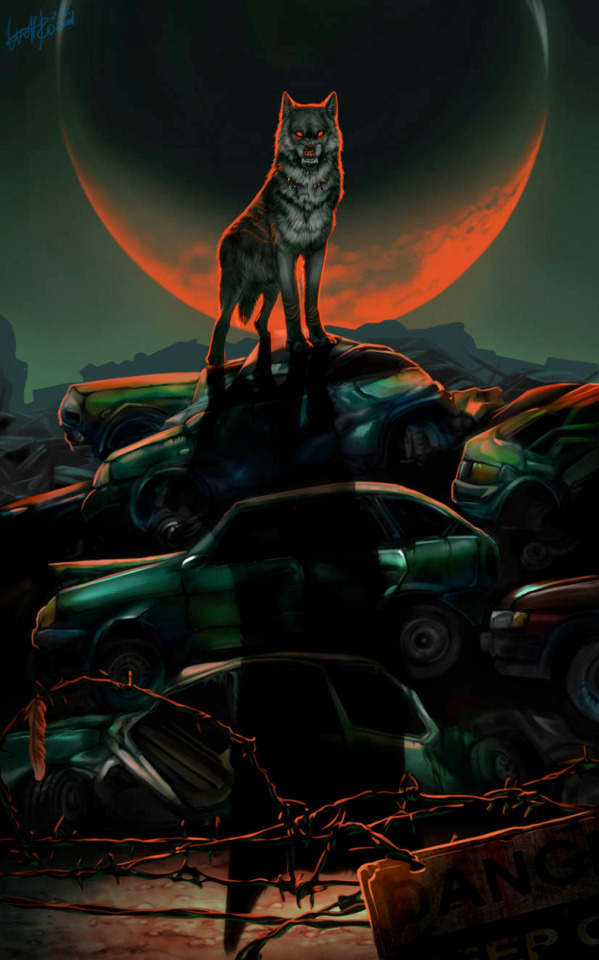

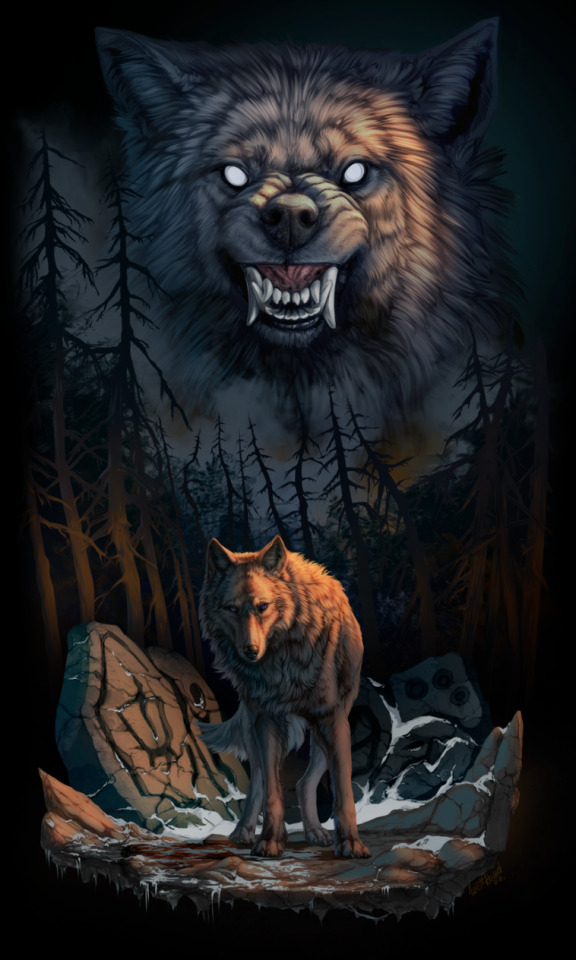

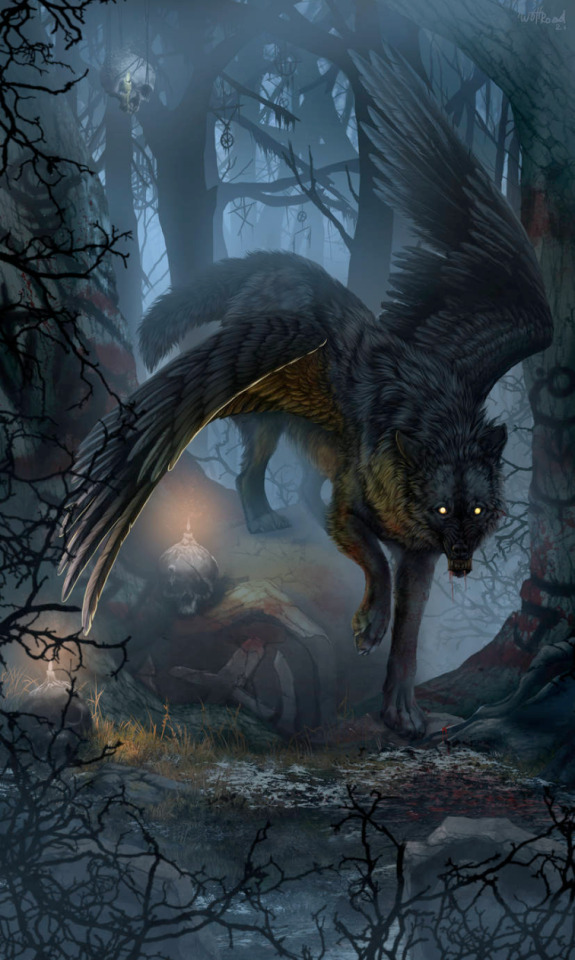
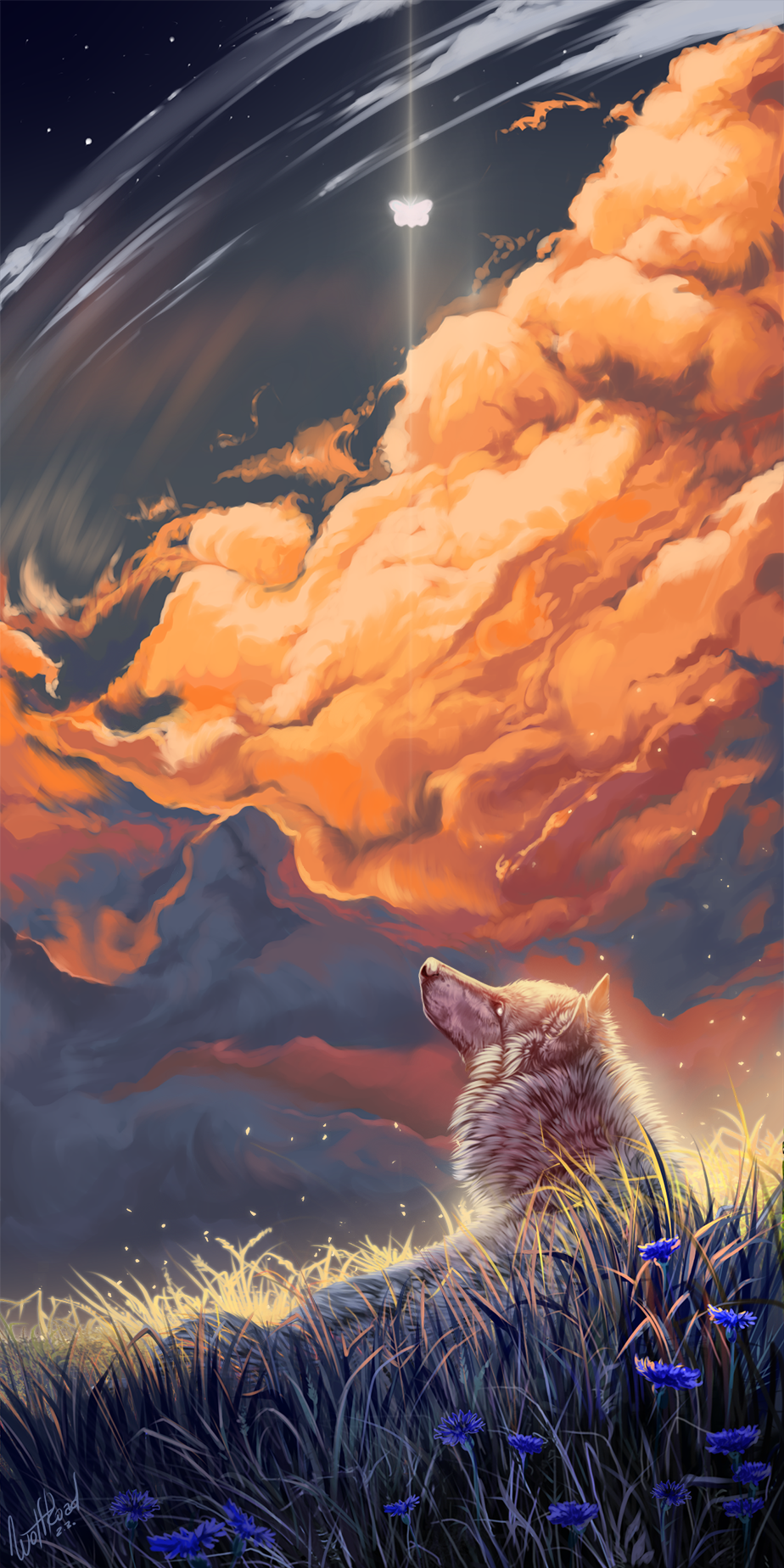
#contemplative werewolf#sitting werewolf#sitting wolf#just. this meme has been so popular for so long I think we should give some love to the artist who created it
40K notes
·
View notes
Text




What is this? A crossover episode???
#this took so long help#the owl house#eda clawthorne#luz noceda#hunter toh#hunter noceda#amity blight#gravity falls#stanley pines#dipper pines#mabel pines#pacifica northwest#amphibia#hop pop plantar#sprig plantar#anne boonchuy#sasha waybright#marcy wu
76K notes
·
View notes
Text



#art#comic#arrt#the idea dies with me#just so yall know this is about my imaginary 20 episode long animated minecraft fanfiction#and my 100 other imaginary projects
47K notes
·
View notes
Text
kids these days are like “i need chat gpt to write an essay that would normally take 12 hours in 2” but back in my day i did that all the time by using a little technique called “writing some absolute bullshit.” and yet i still walked away with a better essay and more critical thinking skills than i would get if i used chatgpt. write a bad essay that you started on the day it was due, but write it yourself.
#always writing my ap english mini-essays in the free period before they were due#actually taught me really important bullshitting skills#any way you do your essay will teach you things. as long as ur actually writing it urself#this is all coming from someone who hates essay writing more than getting waterboarded probably
30K notes
·
View notes
Text
~3 months traveling in my wife’s home-country -> 100 journal pages
#boże#im incredibly happy we had the chance to stay this long#thanks to a lot of help from her fam and friends ….#and that i managed to commit to daily journaling so i could remember the particularly special lil details#TvT#er ….#time to return to the US dumpster fire ……….#ice soup and politics and finishing taxes :) can’t wait#well at least my art fulfillment levels are maxed out ….#i think i’ll have the strength :^]#lots of new art Soon TM once we finish settling back home and find our routines#thank you for looking and for the patience C:#journaling#artists on tumblr#art#inks
28K notes
·
View notes
Text

a wandering knight, drawn to the quiet of the forest. her touch may be a blessing or a curse.
#my art#artists on tumblr#illustration#knight whose touch turns anything into plants and it can vary from subject to subject. she came to this power 'mysteriously'#the transformation is also dependent on how long contact is maintained... smiley face....#idk maybe once in a while i'll drop something like this. it's fun to think of a character while trying to banish an art block#also thanks for liking the wip of this!!!!
46K notes
·
View notes
Text

so ok yeah fine i watched gravity falls again and read the book of bill
#billford#bill cipher#stanford pines#bill got me again…. in 2024… what a time#also billford canon lets GO#2015 me is living#drawing gf again after so long feels surreal but good#ford pines#gravity falls#my art
87K notes
·
View notes
Text

Two movies I like
#gravity falls#mabel pines#stanford pines#dipper pines#stanley pines#my art#sorry i post so intermittently on here. life has been unpredictable#decided to stop using twitter a long while ago so im also planning to reupload some stuff i never posted on here
40K notes
·
View notes
Text

Happy Holidays! Don't forget to grab a knife :)
46K notes
·
View notes
Text



“Dude let’s go to Comic Con this weekend! I got tickets”
Take photos, make friends, meet a celebrity, wander around artist alley or geek out however you like! Just make sure your wallet survives ;)
#my art#comic con#cosplay#gravity falls#tf2 pyro#tf2 engineer#my little pony#ghostbusters#full metal alchemist#pretty please i don't want to be a magical girl#the owl house#amphibia#invincible#undertale#hatsune miku#my life as a teenage robot#word girl#garfield#powerpuff girls#alan becker#minecraft#technoblade#sailor moon#steven universe#over the garden wall#pokemon#american dragon jake long#bobs burgers#sonic the hedgehog
29K notes
·
View notes













